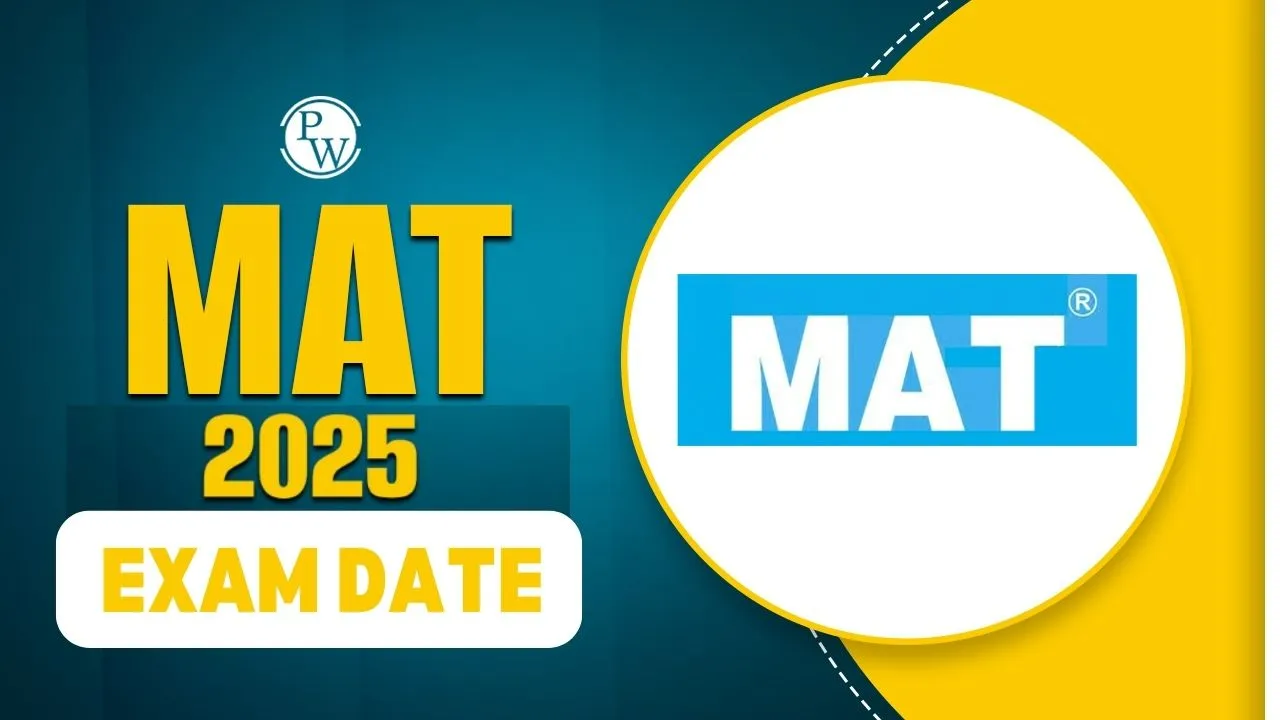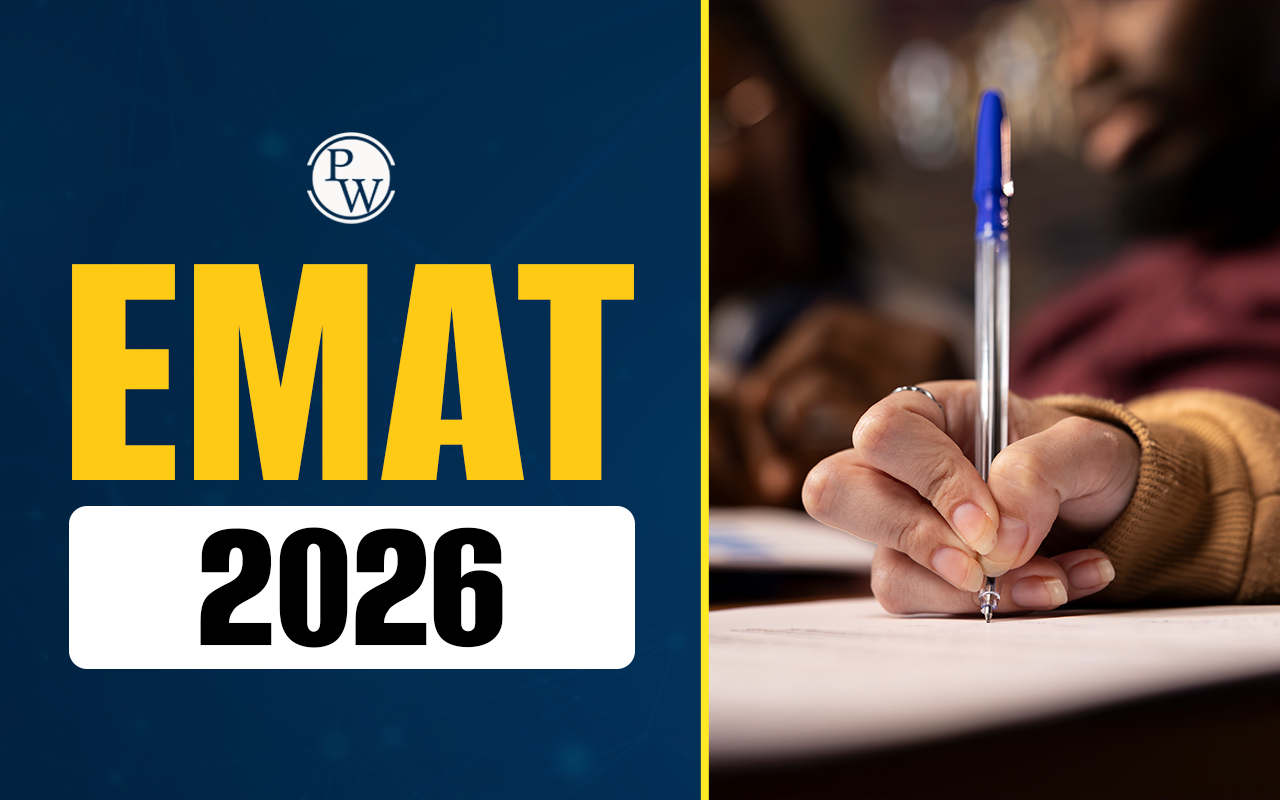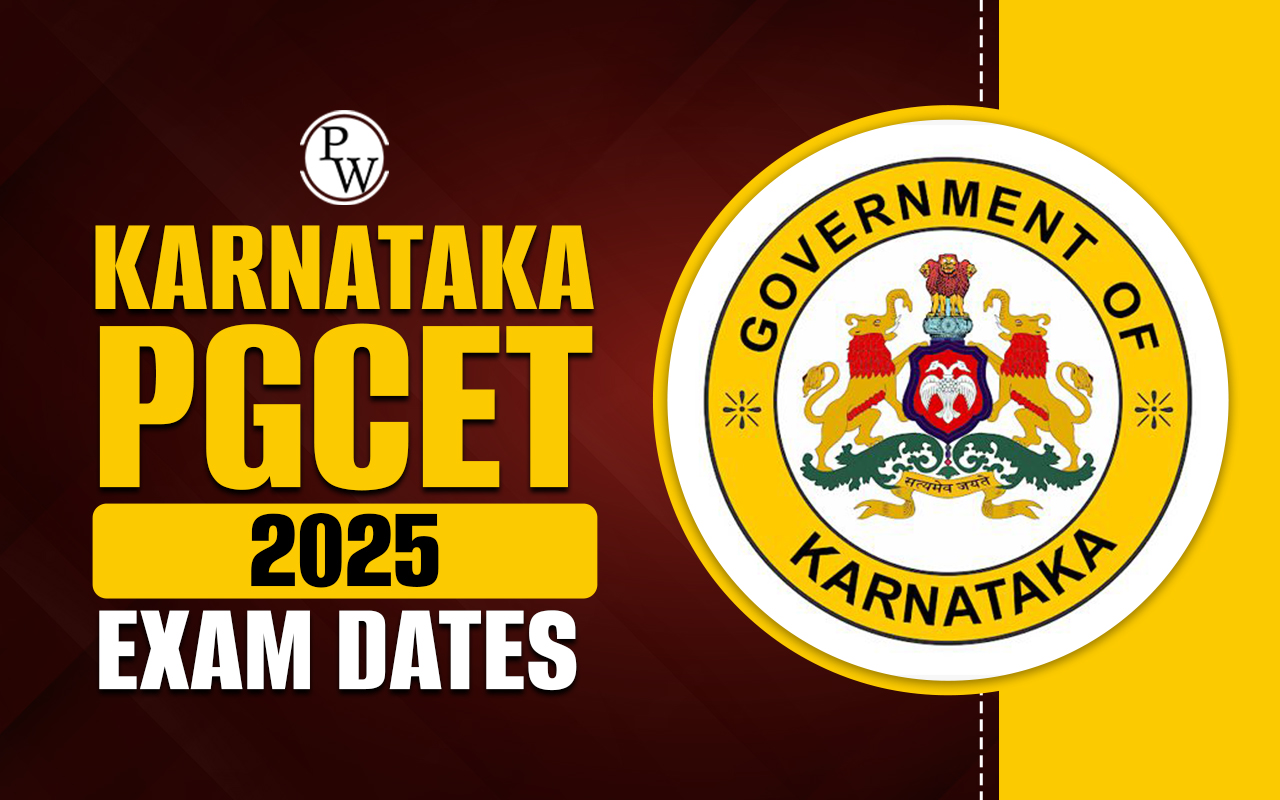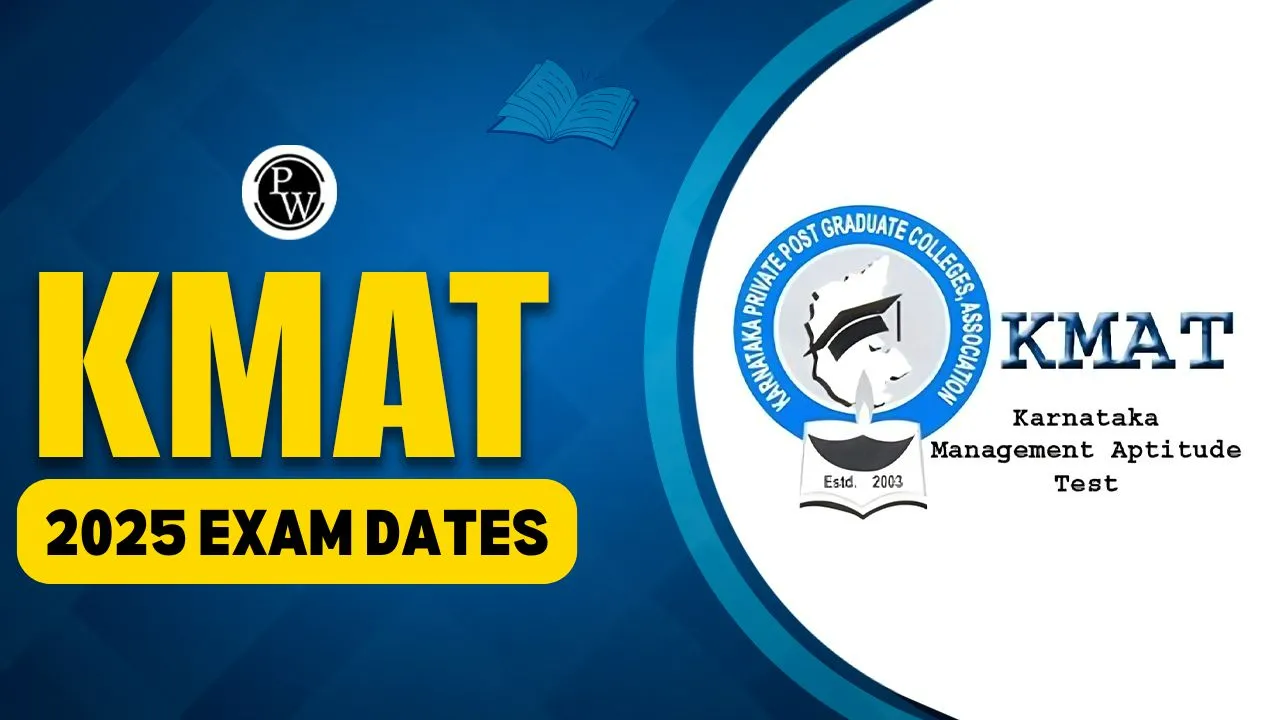
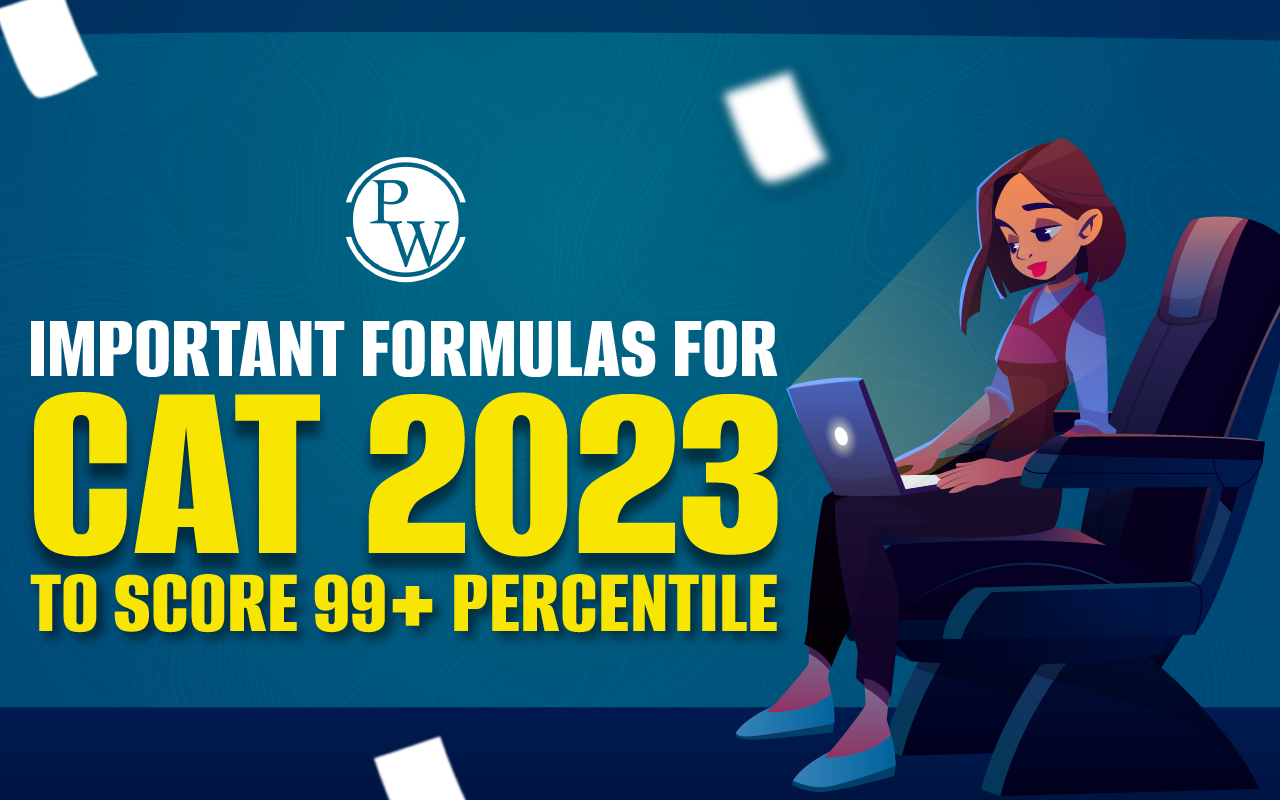
Important Formulas for CAT 2023: CAT (Common Admission Test) is a very tough exam for MBA studies in India. Candidates, to do well in the Quantitative Aptitude and Data Interpretation sections, it's important to understand important CAT formulas and rules very well. You can find these formulas in books, online, and coaching materials. However, remembering these formulas and knowing how to use them during the actual CAT exam is very important.
Focus on understanding these formulas and practicing them a lot. The Quantitative Aptitude questions cover various topics like Profit, Loss and Discount, Number System, Time and Work, LCM and HCF, Logarithm, Averages, Set theory and function, Probability, Permutation and combination, Trigonometry, Mensuration, Coordinate Geometry, and more. By practicing these formulas and tips, you can get ready for the CAT exam and improve your chances of doing well.Important Formulas for CAT 2023 to Score 99+ Percentile
Candidates here are the list of important formulas for CAT 2023. Which primarily to solve questions in the QA section are from various topics such as Profit, Loss and Discount, Number System, Time and Work, LCM and HCF, Logarithm, Averages, Set theory and function, Probability, Permutation and combination, Trigonometry, Mensuration, Coordinate Geometry, etc.Also Read: How to Prepare for CAT Exam
Here’s a helpful list of important formulas for CAT 2023 preparation that can assist you in mastering the quantitative aptitude section of the exam:Profit, Loss, and Discount
- Profit % = Profit/(C P)×100
- Profit/Gain = (S.P.) – (C.P.)
- C P = 100/(100+gain %)×S P
- S P = (100+ gain %) /100 × C P
- Loss = C P – S P
- Loss % = Loss/(C P) × 100
- S P = (100 – loss %)/100 × C P
- C P = 100/(100 – loss %) × S P
- Discount = Marked Price – Selling Price
- Discount Percentage = (Discount/Marked price) x 100
Number System
- (a + b)² = (a² + b² + 2ab)
- (a – b)² = (a² + b² – 2ab)
- (a + b)(a – b) = (a² – b²)
- (a + b)² = (a² + b² + 2ab)
- (a³ – b³) = (a – b)(a² + ab + b²)
- (a + b + c)² = a² + b² + c² + 2(ab + bc + ca)
- (a³ + b³) = (a + b)(a² – ab + b²)
- When a + b + c = 0, then a³ + b³ + c³ = 3abc
- (a³ + b³ + c³ – 3abc) = (a + b + c)(a² + b² + c² – ab – bc – ac)
LCM and HCF
- HCF × LCM = Product of the two numbers.
- LCM of co-prime numbers = Product of the numbers.
- HCF of co-prime numbers = 1.
- HCF of two numbers a and b = HCF of (a-b, b).
- LCM of two numbers a and b = (a x b) / HCF(a, b).
- HCF of three numbers a, b, and c = HCF of (HCF(a, b), c).
- LCM of three numbers a, b, and c = LCM of (LCM(a, b), c).
Time and Work
- Work Done = Time Taken × Rate of Work
- Rate of Work = 1 / Time Taken
- Time Taken = 1 / Rate of Work
- If a piece of work is done by A in n days, then A’s 1 day’s work = 1/n
- If A’s 1 day’s work = 1/n, then A can finish the work in n days
- If A can do a piece of work in x days and B can do the same work in y days, then the work done by both A and B in one day = 1/x + 1/y
- If A can do a piece of work in x days and B can do the same work in y days, then the time taken by both A and B to complete the work together = (xy) / (x + y)
Averages
- Average = (Sum of observations) / (Number of observations)
- If the average of n numbers is A, then the sum of the n numbers is nA.
- If the average of n numbers is A and m more numbers are added to the list, then the new average becomes (nA + mB) / (n + m), where B is the average of the m numbers.
- If the average of n numbers is A and each number is increased by x, then the new average becomes (nA + nx) / n.
- If the average of n numbers is A and each number is decreased by x, then the new average becomes (nA – nx) / n.
Logarithm
- Definition of a logarithm: If x>0 and b is a constant (b≠1), then y=logbx if and only if x=by.
-
Logarithmic identities:
- logb(xy) = logbx + logby
- logb(x/y) = logbx – logby
- logb(x^p) = p logbx
- logb1 = 0
- logbb = 1
- logb(x) = 1 / logx(b)
- Change of base formula: logb(x) = loga(x) / loga(b)
- Common logarithm: log10(x) = log(x)
- Natural logarithm: loge(x) = ln(x)
Surds and Indices
- Product rule: a^m × a^n = a^(m+n)
- Quotient rule: a^m / a^n = a^(m-n)
- Power rule: (a^m)^n = a^(m×n)
- Negative exponent rule: a^(-m) = 1 / a^m
- Rational exponent rule: a^(m/n) = nth root of a^m
- Fractional exponent rule: a^(p/q) = qth root of a^p
- Surds multiplication rule: √a × √b = √(ab)
- Surds division rule: √a / √b = √(a/b)
- Surds addition rule: √a + √b ≠ √(a+b)
- Surds subtraction rule: √a – √b ≠ √(a-b)
Set Theory & Function
- De Morgan’s Law: (A ∩ B)’ = A’ U B’ and (A U B)’ = A’ ∩ B’
- Cardinality of a set: The number of elements in a set is called its cardinality.
- Union of sets: A U B = {x: x ∈ A or x ∈ B}
- Intersection of sets: A ∩ B = {x: x ∈ A and x ∈ B}
- Complement of a set: A’ = {x: x ∉ A}
- Difference of sets: A – B = {x: x ∈ A and x ∉ B}
- Cartesian product of sets: A × B = {(a, b): a ∈ A and b ∈ B}
Trigonometry
- Sine = Opposite/Hypotenuse
- Cosine = Adjacent/Hypotenuse
- Tangent = Opposite/Adjacent
- Secant = Hypotenuse/Adjacent
- Cosecant = Hypotenuse/Opposite
- Cotangent = Adjacent/Opposite
-
Sum and Difference Formulas:
- sin(u + v) = sin(u)cos(v) + cos(u)sin(v)
- cos(u + v) = cos(u)cos(v) – sin(u)sin(v)
- sin(u – v) = sin(u)cos(v) – cos(u)sin(v)
- cos(u – v) = cos(u)cos(v) + sin(u)sin(v)
-
Reciprocal Identities:
- cosec θ = 1/sin θ
- sec θ = 1/ cos θ
- cot θ = 1/tan θ
- sin θ = 1/cosec θ
- cos θ = 1/sec θ
- tan θ = 1/cot θ
Coordinate Geometry
- Distance Formula: The distance between two points P(x1, y1) and Q(x2, y2) is given by √[(x2 – x1)^2 + (y2 – y1)^2].
- Slope Formula: The slope of a line passing through two points P(x1, y1) and Q(x2, y2) is given by (y2 – y1) / (x2 – x1).
- Equation of a Line: The equation of a line passing through a point (x1, y1) with slope m is given by y – y1 = m(x – x1) or y = mx + (y1 – mx1).
- Midpoint Formula: The midpoint of a line segment joining two points P(x1, y1) and Q(x2, y2) is given by [(x1 + x2) / 2, (y1 + y2) / 2].
- Section Formula: If a point R(x, y) divides the line segment joining two points P(x1, y1) and Q(x2, y2) in the ratio m:n, then x = [(nx2) + (mx1)] / (m + n) and y = [(ny2) + (my1)] / (m + n).
- Slope of a Parallel Line: The slope of a line parallel to a line with slope m is also m.
- Slope of a Perpendicular Line: The slope of a line perpendicular to a line with slope m is -1/m.
Mensuration
- Area of a triangle = 1/2 × base × height
- Area of a rectangle = length × breadth
- Area of a square = side × side
- Area of a parallelogram = base × height
- Area of a trapezium = 1/2 × (sum of parallel sides) × height
- Circumference of a circle = 2πr
- Area of a circle = πr^2
- Volume of a cube = side^3
- Surface area of a cube = 6 × side^2
- Volume of a cuboid = length × breadth × height
- Surface area of a cuboid = 2(lb + bh + hl)
- Volume of a cylinder = πr^2h
- Surface area of a cylinder = 2πrh + 2πr^2
- Volume of a sphere = 4/3 × πr^3
- Surface area of a sphere = 4πr^2
Number Systems
- Sum of first n natural numbers = n(n+1)/2
- Sum of squares of first n natural numbers = n(n+1)(2n+1)/6
- Sum of cubes of first n natural numbers = [n(n+1)/2]^2
- Sum of first n odd numbers = n^2
- Dividend = (Divisor x Quotient) + Remainder
Sum of Series
- 1 + 2 + 3 + … + n = n(n + 1)/2, and more.
Geometry
- Area of sector, Cube Volume, Surface Area, Diagonal, Volume of cuboid, and more.
Important Formulas for CAT 2023 FAQs
Why are these CAT 2023 formulas important?
These formulas are essential because they help you solve quantitative aptitude problems quickly and accurately, improving your performance in the CAT exam.
Can I find these formulas online or in books?
Yes, these formulas are available in various online resources, CAT preparation books, and coaching materials. You can easily access them for your studies.
Do I need to memorize all the formulas?
While understanding the concepts is crucial, memorizing key formulas can save time during the exam. Focus on the most frequently used ones to enhance your problem-solving skills.
How can I practice using these formulas effectively?
Regular practice is key. Solve problems from CAT practice papers and online quizzes using these formulas to strengthen your grasp. The more you practice, the more confident you'll become.
Are these formulas applicable to other exams besides CAT?
Yes, many of these formulas are fundamental math concepts that apply to various exams. Mastering them for CAT preparation can also benefit you in other competitive exams and real-life scenarios.
🔥 Trending Blogs
Talk to a counsellorHave doubts? Our support team will be happy to assist you!

Free Learning Resources
PW Books
Notes (Class 10-12)
PW Study Materials
Notes (Class 6-9)
Ncert Solutions
Govt Exams
Class 6th to 12th Online Courses
Govt Job Exams Courses
UPSC Coaching
Defence Exam Coaching
Gate Exam Coaching
Other Exams
Know about Physics Wallah
Physics Wallah is an Indian edtech platform that provides accessible & comprehensive learning experiences to students from Class 6th to postgraduate level. We also provide extensive NCERT solutions, sample paper, NEET, JEE Mains, BITSAT previous year papers & more such resources to students. Physics Wallah also caters to over 3.5 million registered students and over 78 lakh+ Youtube subscribers with 4.8 rating on its app.
We Stand Out because
We provide students with intensive courses with India’s qualified & experienced faculties & mentors. PW strives to make the learning experience comprehensive and accessible for students of all sections of society. We believe in empowering every single student who couldn't dream of a good career in engineering and medical field earlier.
Our Key Focus Areas
Physics Wallah's main focus is to make the learning experience as economical as possible for all students. With our affordable courses like Lakshya, Udaan and Arjuna and many others, we have been able to provide a platform for lakhs of aspirants. From providing Chemistry, Maths, Physics formula to giving e-books of eminent authors like RD Sharma, RS Aggarwal and Lakhmir Singh, PW focuses on every single student's need for preparation.
What Makes Us Different
Physics Wallah strives to develop a comprehensive pedagogical structure for students, where they get a state-of-the-art learning experience with study material and resources. Apart from catering students preparing for JEE Mains and NEET, PW also provides study material for each state board like Uttar Pradesh, Bihar, and others
Copyright © 2025 Physicswallah Limited All rights reserved.



